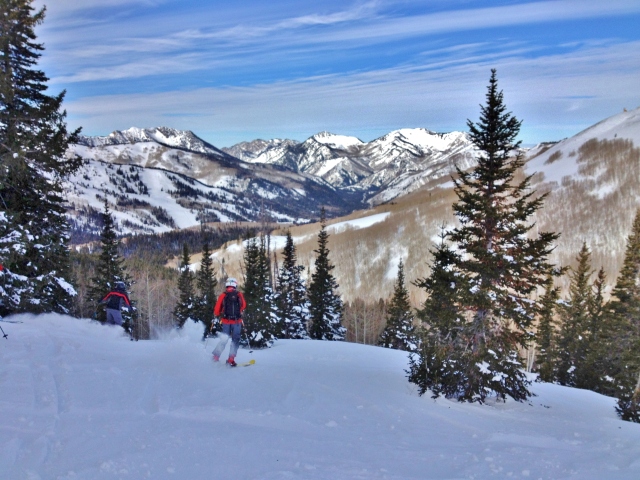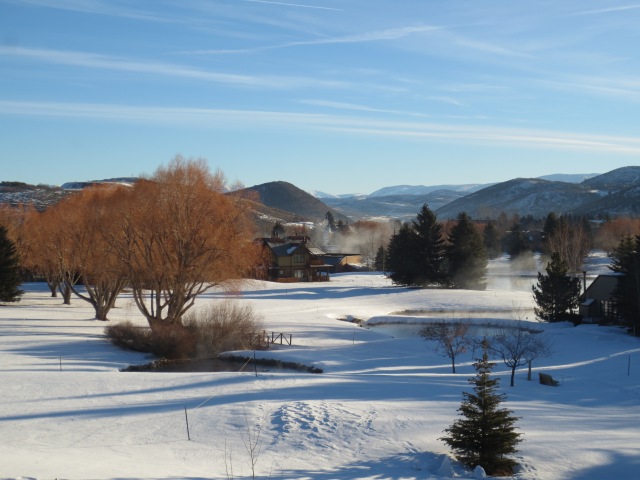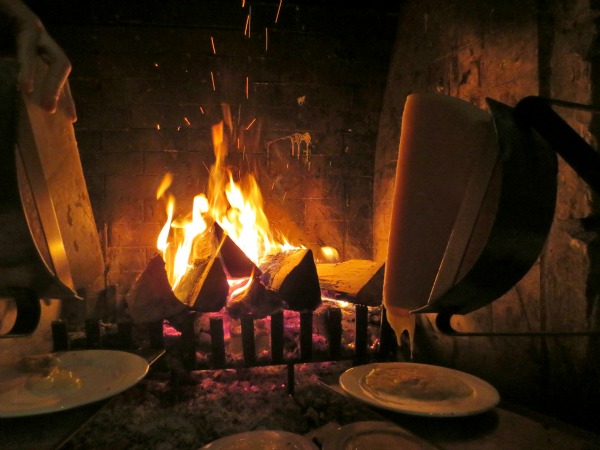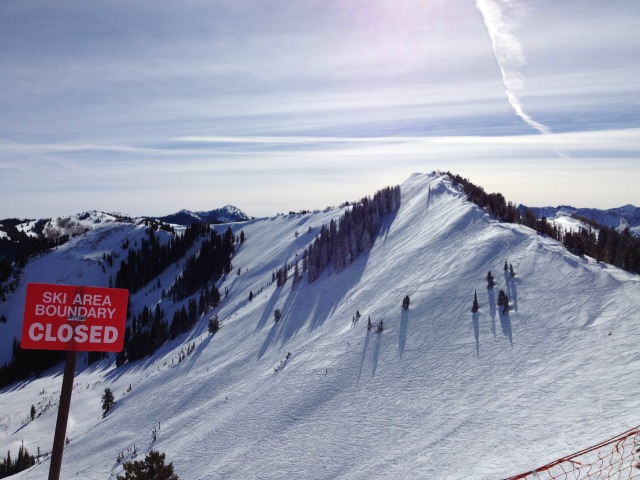So, confession: The photo I posted on Facebook was not from my trip to Sweden (I know, I’m sneaky). Truth is, the classic photos you see of the Northern Lights aren’t captured easily, and I didn’t get a photo of what I saw in Sweden 200 kilometers north of the Arctic Circle. I won’t say I didn’t try, but I didn’t try very hard. There’s a tendency for when you see something amazing to reach for the camera. That was my first reaction when I walked out of the ice hotel and saw a greenish cloud dancing across the sky, folding and unfolding and coming and going with much fluidity.
 I took the camera from my pocket and snapped a photo, checking the viewfinder and seeing that it wasn’t anywhere close to a representation of what I was witnessing. I stuffed the camera back into my jacket – it wasn’t worth fooling around with. This moment was too good to allow myself to become distracted by the 21st century instinct to record each moment artificially.
I took the camera from my pocket and snapped a photo, checking the viewfinder and seeing that it wasn’t anywhere close to a representation of what I was witnessing. I stuffed the camera back into my jacket – it wasn’t worth fooling around with. This moment was too good to allow myself to become distracted by the 21st century instinct to record each moment artificially.
I would recommend anyone who is seeking to see the Northern Lights to get as far into the country as possible. I was at the ice hotel without a car, and while it was hardly a city and we were very much in the wilderness, the lights of the property did affect my viewing experience. I walked out behind the hotel and out onto the frozen river (which was about the best I could do) and laid down in the snow, piling up the snow to angle my upper body and rest the back of my head.
I saw columns of light forming and rising, extending. They would remain that way for a few seconds or a few minutes – it was all random, each acting in its own way. The “clouds” of light would wave in, spread out, dissolve, flutter, sparkle. Green, red. The colors were muted – not as vivid as you see in famous photos – but definitely there, and definitely alive.
But what the hell are they?
The lights are caused by the collision of electrically charged solar particles and atoms from our atmosphere. The energy from the collisions are released as light, and the reason it happens around the poles is because it’s where the earth’s magnetic field is the strongest. The best time to see them is during the winter due to the earth’s position in relation to the sun. And by the way, it’s not just the north pole that puts on a show – there are Southern Lights, too.
As with most things in our lives, the fact that they aren’t guaranteed makes them all that much more special. I saw them that first night, but they didn’t come around the second. And here I am now, with no physical proof of ever having seen or even pursued them. That’s tough as a travel writer, but as a person, I’m just fine with it – I’m able to let go of the idea of having to capture everything, to have secondary proof of all my experiences.
When my eyes are closed, I remember them very clearly.















